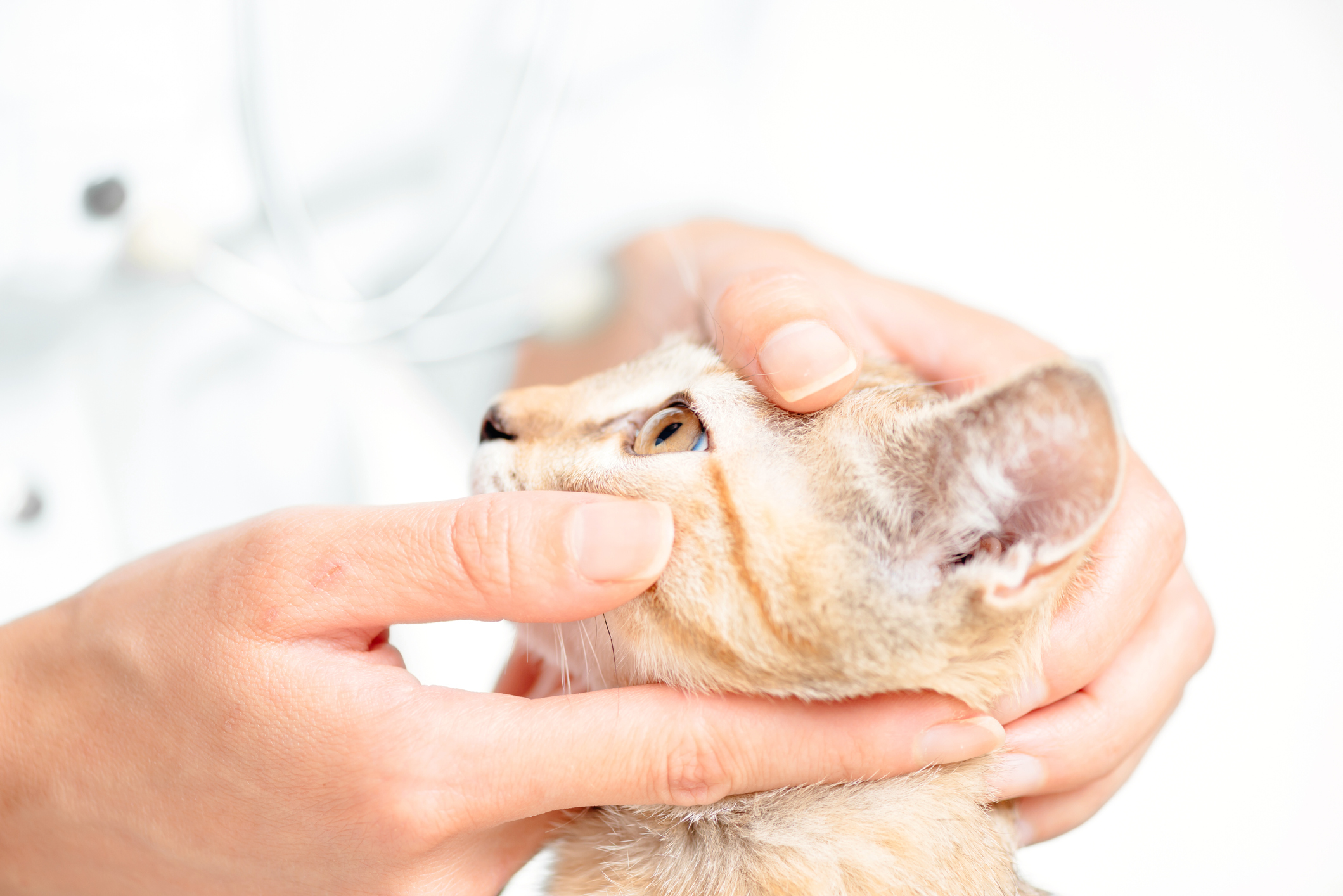
4 Risks of High Blood Pressure in Cats
In the same way that high blood pressure is dangerous for humans, it is dangerous for our furry friends. This condition has the potential to cause lasting damage to your cat’s health if it’s not addressed quickly.
What is hypertension?
High blood pressure in cats, also referred to as feline hypertension, is similar to high blood pressure in humans. It refers to a condition in which the pressure of blood against your cat’s blood vessels is higher than normal. When high blood pressure is persistent, it can eventually damage the blood vessels and cause other health problems.
Blood pressure is taken by examining the pressure in two values. The systolic pressure (the higher value) is taken when the heart beats, and the diastolic pressure (the lower value) is taken when the heart rests between the beats. A cat’s normal blood pressure is typically higher than a human’s. If your cat’s blood pressure falls around 160/119 to 179/100, they likely have high blood pressure and will require treatment.
Hypertension is most often caused by a number of underlying health problems, such as hyperthyroidism, diabetes, kidney disease or heart disease. This is called secondary hypertension. Additionally, some medications can affect your cat’s blood pressure. In rare cases, hypertension can occur without an underlying cause. Older cats are more susceptible to developing high blood pressure.
Cats with high blood pressure might display a range of symptoms related to the bodily systems affected. Symptoms may include disorientation, seizures, bloody urine, nosebleeds, heart murmurs, dilated pupils and involuntary eye rolling.
Why high blood pressure is dangerous for cats

If left unchecked, feline hypertension has the potential to affect one or more bodily systems, putting your cat’s health at risk. The following are some of the major risks associated with high blood pressure in cats.
- Cardiac trouble: One of the systems working the hardest to maintain the high blood pressure you cat develops is their cardiovascular system. The heart must work extra hard to pump blood throughout the body. Over time, the heart can thicken or become muscled. Untreated high blood pressure combined with a thickened chamber can lead to congestive heart failure. Your cat may begin having trouble breathing or collapse as a result of this condition.
- Nervous system damage: Hypertension can eventually lead to stress and pressure on the blood vessels in the brain, resulting in neurological problems. Cats with this problem may experience frequent seizures, disorientation, uncoordinated movement and odd behavior, including more frequent howling and dementia.
- Eye problems: There are lots of blood vessels leading to and from the retinas of your cat’s eyes. Because of this, high blood pressure can quickly cause damage to the ocular system. Chronic hypertension can increase the pressure of these small vessels, causing them to burst behind the eyes and causing retinal detachment and/or sudden, total blindness. Early signs of this problem are persistently dilated pupils, eye rolling, eye hemorrhaging and disorientation due to vision trouble. Any of these symptoms warrant an immediate trip to the emergency vet to attempt to save your cat’s vision.
- Kidney damage: High blood pressure can also take a toll on the kidneys. The consistent pressure can damage the tissue, increasing the risk of kidney failure in cats. Because kidney failure is often a cause of hypertension, untreated hypertension can exacerbate the kidney disease over time.
Treating hypertension
If you notice any strange symptoms in your cat that might indicate hypertension, take them to the vet right away. The presence of symptoms may indicate that damage has already been done to your cat’s heart, eyes, brain or kidneys. However, fast action could help prevent the condition from worsening.
Your vet will run tests to determine the underlying cause of the high blood pressure with a goal of alleviating its symptoms. They may also recommend that your cat take a medication or supplement to stabilize their blood pressure moving forward. A change to a low-sodium diet may also be necessary.
Once diagnosed, high blood pressure in cats is relatively easy to manage, and cats can live long and happy lives after their hypertension is discovered. Unfortunately, waiting too long to treat your cat’s high blood pressure could have fatal consequences. This is why it’s so important to have your cat examined by a veterinarian once a year and treat any underlying health problems right away to prevent complications. With your help, your kitty can keep their blood pressure under control and stay healthy and safe.


